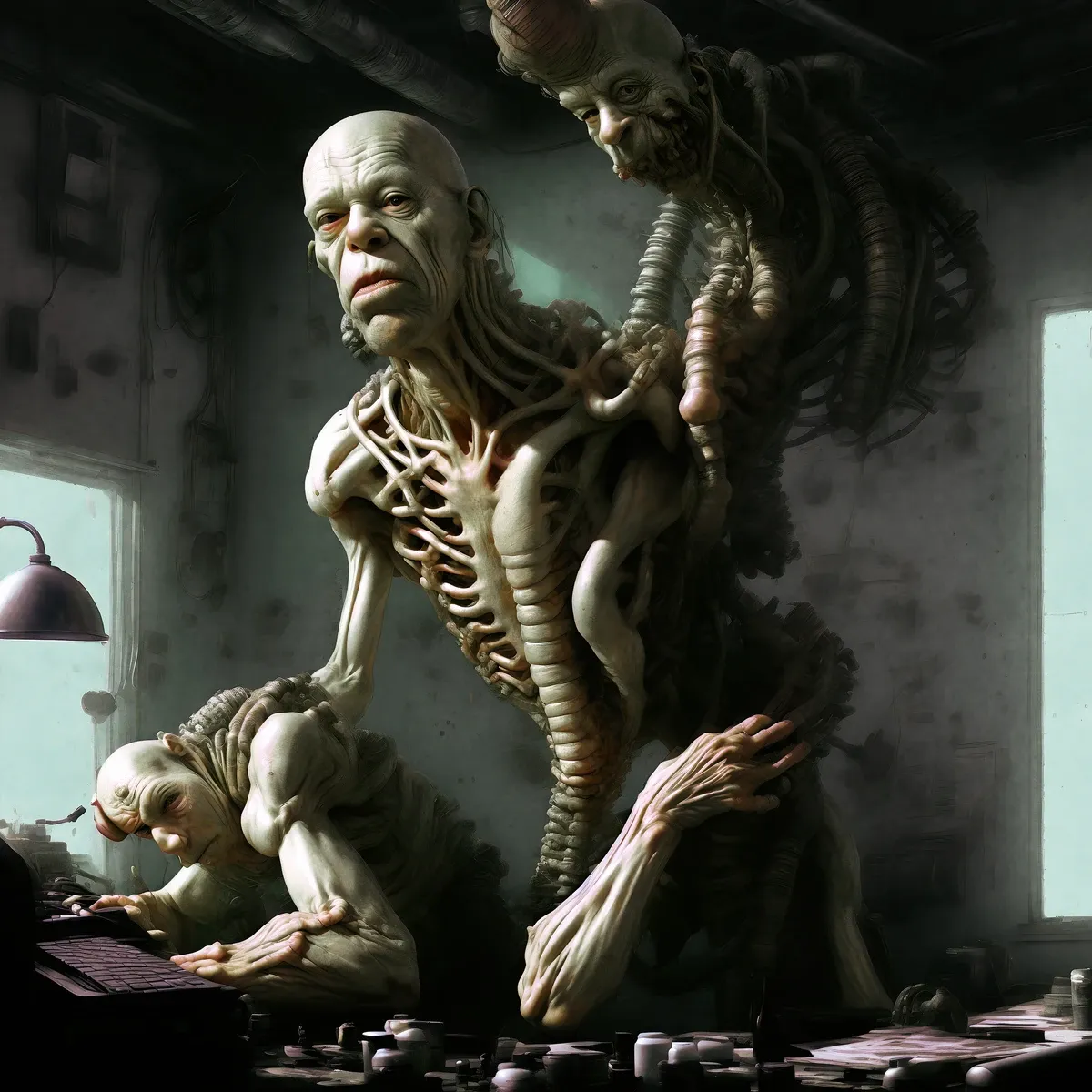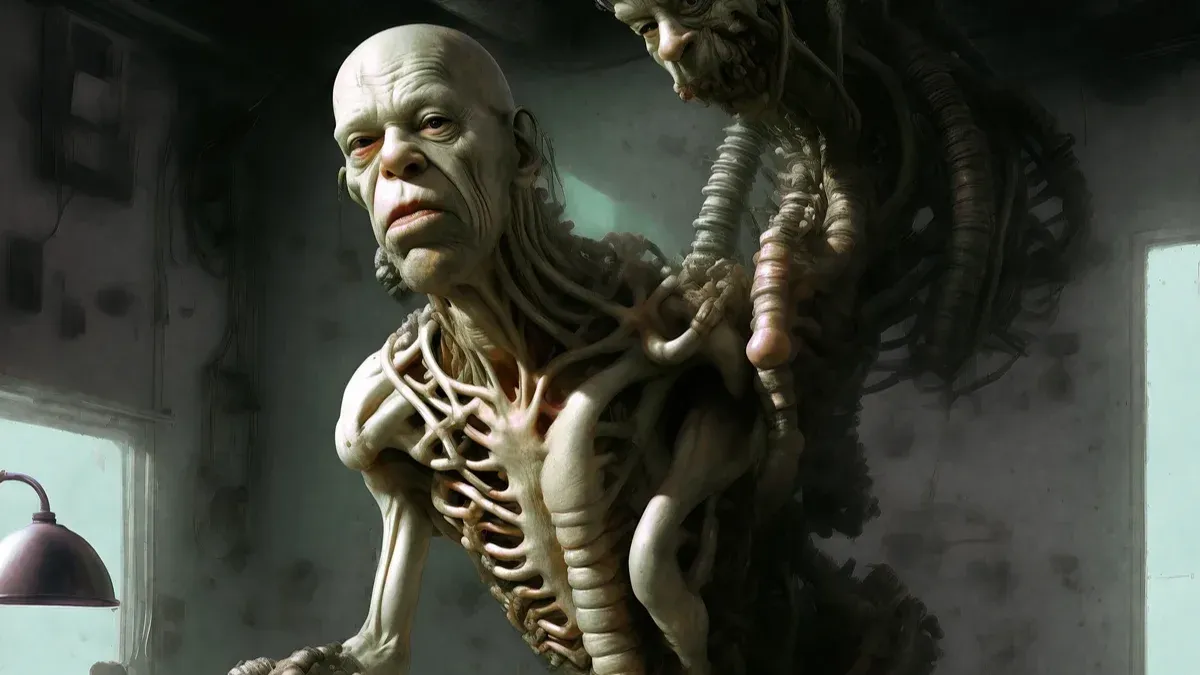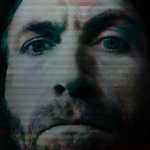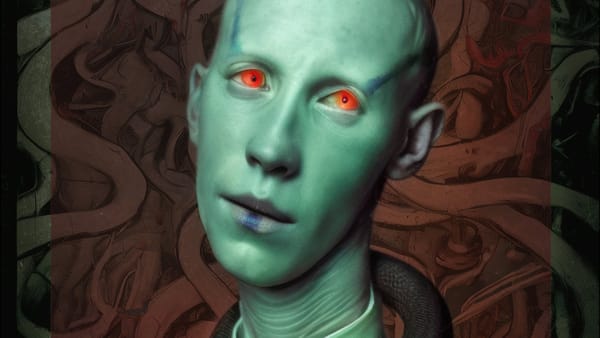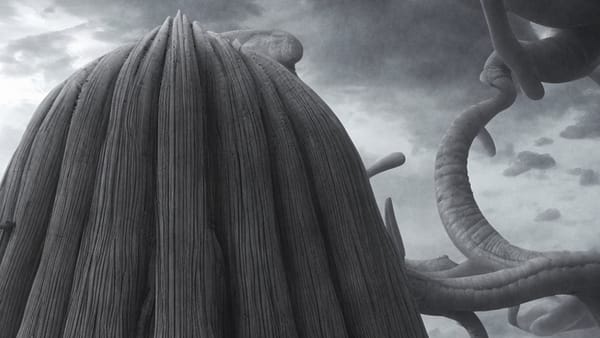Reflections on Generative AI in Visual Arts
After decades of creating with paint, pencil, and digital tools, exploring new techniques and pushing creative boundaries has always fascinated me. There has always been a tension between the tools we use and the creative visions we shape or the process we document through our work. But in the past few years, this tension has shifted in unexpected ways. Since 2021, I’ve been experimenting with AI-driven tools exploring the work with generative models. This exploration has sparked new questions and opportunities, not to mention challenges, as AI opens a fresh chapter in image creation.
The dawn of a creative dystopia
Gen AI is provoking many new debates, puts old questions back on the top of the agenda (e.g. connected to copyrights and intellectual property) and might have huge impact for the broader creative & cultural economy. It's obvious, that text, image and sound creation will become less special and less valuable than ever before in human history. Which access to the necessary tools, everyone is now able to generate an image of any artistic style. And because it's not only possible to imitate formal qualities, but to generate new creative artifacts, the production of artifacts will become a cheaper and cheaper. This will lead to problems for of those, who defined the valuable output of their work through assets like images, sound, texts, 3D-meshes, movies aso. The ultimate competition is here, and I think it is here to stay. The future for voice actors, animators and many more skilled people is brutally uncertain (and this is true for many other working areas by the way). And yes, we have to admit that - once more - it became feasible and practically relevant to replace a lot of human skills with machine skills throughout the (creative) production chain.
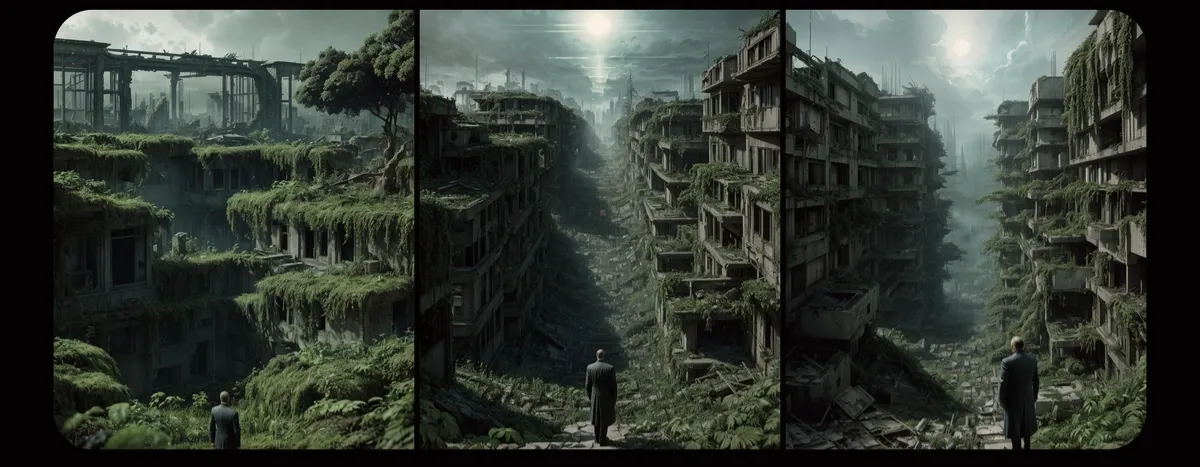
But
... in addition to the negative (and in some cases potentially dramatic) effects, there is also a whole new dimension of possibilities that we need to explore. There are many new opportunities for the creative industry (and community) along the way, even if we have to reorient and rethink what we have been doing for centuries.
In my personal opinion, the whole AI thing is not about machines replacing artists. If anything, it can only be about how artists use machines in the interest of their creative vision.
The Opportunity: A New Kind of Canvas
AI is a new powerful class of tools, but let’s be clear—we need to learn how to make these tools useful in the long-run.
Today, a model for text-to-image generation is just a tool. Just like brushes or Photoshop, such a generative model is not creating art on its own. Gen AI of today is not an imaginative being. It might be capable of generating pixels and we may utilize it to mashup the DNA of existing pattern and concepts. We can use it to speed up the visualization of thoughts in ways that were previously extremely time-consuming, or even impossible for most of us.
What excites me is how these new tools allow me to take risks in my work that might have felt too laborious before. I can iterate on ideas visually, and in different ways, that would have not been feasible before due to a lack of time (especially in the good old times where everything needed to be handcrafted).
In addition, AI can add surprising nuances, perspectives and spins into what I was up to. This opens up the field for new inspiration, accidental observations, or the shift my perspective while working on a topic. On the other side it's important to say, that the generated images are the results of data gathered in the past. This leads to a natural limitation that can be a real showstopper in the context of innovative ambitions. To me art is innovation. And innovation is always systemically connected to the past. But training based on the past is not making a machine an innovation machine, because is searches for probabilities in the existing, not in the non-existing patterns. Innovation is also systemically inter-winded with human reality, not machine reality. That's why gen models are not doing the innovation for us, and that's why I see a critical limitation connected to the value of AI models in the context of creative and innovative processes.
But machines can be helpful in the art and innovation game. AI tools can be utilized as enhancement or augmentation of the own individual processes. In best case, AI can play a co-creator role, which enhances the existing monologue to a larger dialogue to fuel the own unpredictability. It might be powerful enough to disrupt the mental (and creative) bubble in we all can be stucked from time to time. The iterative process of back-and-forth creates a certain form of collaborative flow, which sometimes leads to new insights, conceptual shifts and formal ideas. Based on my experiences I 'd say, gen AI tools can add a certain level of depth, unpredictability, and even a new layer of abstraction to the existing creative journey. Perhaps AI is just a new kind of canvas—one that suggests various possibilities. In the same time it seems, that the work on this canvas is no longer heavily connected to my motoric and apperceptive ability when using a paintbrush to create an image. It's more about the skills in finding, influencing and curating a narrative fit for a certain subject. I am no longer primarily the painter or pen-user in this new machine era, but I will need to become better in my abilities as an influential element in the creation process.
The Implicit Challenge: Artistic Integrity & Authenticity
Together with the potential of AI a challenge is introduced, one that’s deeply philosophical and personal. Does using AI dilute my vision as an artist / creator? Am I still the author of a work, or am I just a curator of algorithmic outputs? These are the types of questions that many creators are facing today.
But let's broaden the time-scale a bit: long before AI we had to re-think the concept of authenticity and what art means in the age of technical reproduction ... Some of the fundamental questions have been raised in 'The work of art in the age of mechanical reproduction' by Walter Benjamin (here some brief infos via E.Larsen, via Yale University).
'In principle a work of art has always been reproducible. Man-made artifacts could always be imitated by men. Replicas were made by pupils in practice of their craft, by masters for diffusing their works, and, finally, by third parties in the pursuit of gain. Mechanical reproduction of a work of art, however, represents something new.' [Walter Benjamin]
Benjamin introduces the concept of the 'aura' to define a certain illusive quality, which gets lost or destroyed in the times of mass-production. It's somehow interesting that we still discuss the same questions which were introduced in Benjamin's work already. We discuss again the questions connected to authorship, authenticity and the aura of the generated artwork. It's good that we discuss.
But on the other hand ... to me, as a child of the 80's I grew up in a world without the whole auratic spin :)
I came to the conclusion that the authenticity of an artwork isn’t tied to the raw material. Whether I’ve created every single drawing or every pixel by hand. Yes - I love to know how to master a certain technique, but to me, the creative process is more important to 'the body of work' than the ability of doing crazy things with a pencil or piece of chalk. To me the opportunities in working with new digital tools (in the 90's) have opened many doors and finally led into new creative spaces. Then there is another aspect in my perspective: AI is simply the logical consequence of the early age of technical reproduction. Photography is an iconic landmark for reproduction technique (in arts). Later, the digital reproduction of images and the algorithmic imitation of analog techniques, led us into an era, in which the quality of creative processes can no longer be defined through the fact of non-reproduction, ritual material or traditional practice of craft as such. Instead, it’s more about how we situate ourselves within the never-ending loop of creation. Within the process of information exchange. And for the creation itself, the auratic trait is not heavily important.
The choices I make when I interact with AI, the way I integrate its output into my larger practice or mental model —that’s where my footprint is being placed in the decision matrix. For sure, the era of technical reproduction and now technical generation comes along with an inevitable loss of the classical artist ego. It's obviously harder to do the Dalí thing in these days. But if your focus is the creative process, then it's not necessary to imitate the creative genius. If you want to be celebrated like the Dalí in the old times, if you want to be the incarnation of a magical story, well, then you potentially should not go for visual arts experiments anymore. That might imply, that AI will not really fit into the gallery thing, the artist market, where you buy the stock. And that might be very good for art in the end.
Will AI be the death to creativity? No. It will take a lot of jobs. It will be a threat for many of those who made their income based on their individual talent and craft. And every kind of reproducible activity will sooner or later have a serious competitor in machines. But AI tools will not be the death to creativity. People want to hear the story of other people. They want to hear the story of real minds, and that's a real neural thing. AI content will never replace our human bubble. Human creativity is a humans game, a social skill and a need or a purpose. AI is not a threat for creativity, but for the prize-tag of reproducible tasks. Drawing is a reproducible task. Text creation as well. But the reason for our communication through text or images are not so heavily reproducible. You need a person to tell the story of this person.
The whole AI thing is a new room for experimentation, innovative and critical thoughts as well. We will discuss a lot of human only topics because of AI. We need to explore that new space as a responsibility. Artists and creative minds have to look into the AI-box. This is my understanding and opinion.
Another Problem: AI as Shortcut
The current technology allows creators (of any kind) to shortcut the effort and learning that have traditionally honed our skills. Why spend years mastering anatomy, lighting, or composition when a fancy AI tool can whip up a ready-made solution in seconds? This is where the responsibility of the artist and the creative community comes in. It’s tempting to let the AI do the heavy lifting, but I think that approach cheapens the more interesting potential. True mastery of these tools doesn’t come from letting them take over in any case, but from integrating them into a broader practice of creativity. It’s critical for artists to maintain the competence and control over the visual reality we’re creating. In a world where anyone is empowered to generate an impressive-looking image or video with a few clicks, it’s even more important to hone our skills, our vision, and our ability to tell compelling stories. The real artistry lies not in using AI to replace our work, but in using it to ask deeper questions, push boundaries, and discover new ideas.
Staying Competent: Why Artists Should Know AI
We live in a complex time when technology is quickly reshaping how we create, but also how we perceive and interpret visual narratives. As artists or creators, it’s crucial that we stay competent and understand the nature of new technologies. Not just to keep up with the times, but because these tools offer a new language for artistic expression. Remember Marshall McLuhan:
The medium is the message.
AI will become another extension of man. It will be more integrated into our creative ecosystems, and those who ignore it risk missing out on opportunities to innovate and expand their practice. We don’t need to abandon traditional methods, but we should at least be conversant in the new ones. The fusion of human skill and machine potential is where the most exciting things might be happening. But that's only the optimistic view angle. The pessimistic view angle could be - there is no other way than staying competent, because critical thinking and questioning of the status quo through art will be more important than ever, because from now on (fake) reality will be generated 24/7. Artists, philosophers, innovators ... will have to reflect, review, curate, reshape and challenge the omnipresent and generated reality. 'Bubbles' were created in social media times ... Think about the bubble-factories ahead. And that's why we need every single competent mind, which is able to tell stories where humanity will buy in. Perhaps the past was only the preparation of today.
Conclusion: The AI Thing, in a Nutshell
Generative AI doesn’t reduce creativity; it potentially amplifies it, adding layers of complexity, risk-taking, surprise, and discovery to our process. But it also raises questions about authorship, effort, and the role of the artist in an increasingly automated and world. A creative artifact (or artwork?) is no longer only re-producible, it can be generated. It’s up to the creative community to navigate these tools thoughtfully, with both curiosity and care. Mastery of these technologies isn’t about replacing our hands with algorithms; it’s about guiding them to unlock new doors. In reality, the need for creative competencies was never bigger than today.
